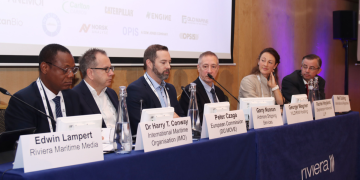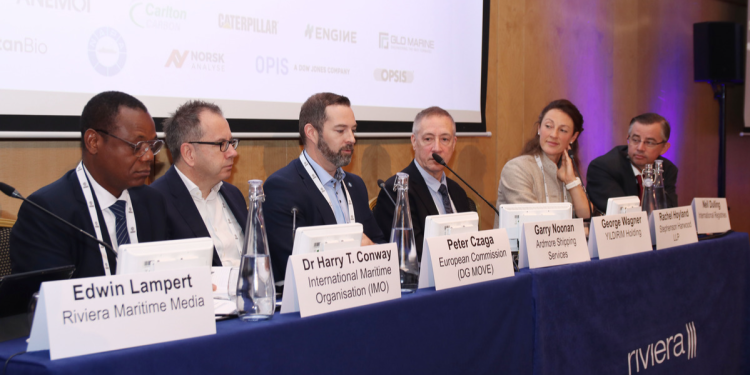The European Union has officially launched its ambitious plan to decarbonize the maritime freight sector, aiming to reduce greenhouse gas emissions by 90% by 2050. The initiative includes groundbreaking measures like the FuelEU Maritime Regulation, the extension of the Emission Trading System (ETS) to shipping, and the Alternative Fuel Infrastructure Regulation (AFIR).
Key Regulations in Action
- FuelEU Maritime Regulation:
Starting January 1, 2025, ships must progressively reduce the greenhouse gas intensity of their energy use. Targets include a 2% reduction by 2025, climbing to 80% by 2050. - Emission Trading System (ETS):
Shipping companies are now required to purchase allowances for their emissions, incentivizing investment in cleaner technologies and alternative fuels. - Alternative Fuel Infrastructure Regulation (AFIR):
Ports across the EU will develop infrastructure for alternative fuels, including shore-side electricity, to reduce emissions while vessels are docked.
Impact on the Industry
These changes demand significant investments in technology and operational adjustments. While they promise a more sustainable future, they also raise questions about increased shipping costs and the readiness of alternative fuel infrastructure.
A Collaborative Path Forward
The EU’s regulations set a global benchmark for maritime decarbonization. Collaboration among policymakers, shipping companies, and technology providers will be essential to achieving these ambitious goals while ensuring competitiveness in the global market.
Conclusion
With these regulations, the EU solidifies its role as a leader in maritime sustainability, taking decisive steps to combat climate change while reshaping the industry for a greener future.
#Decarbonization #EUMaritime #LogisticsNews #Sustainability #CleanShipping























